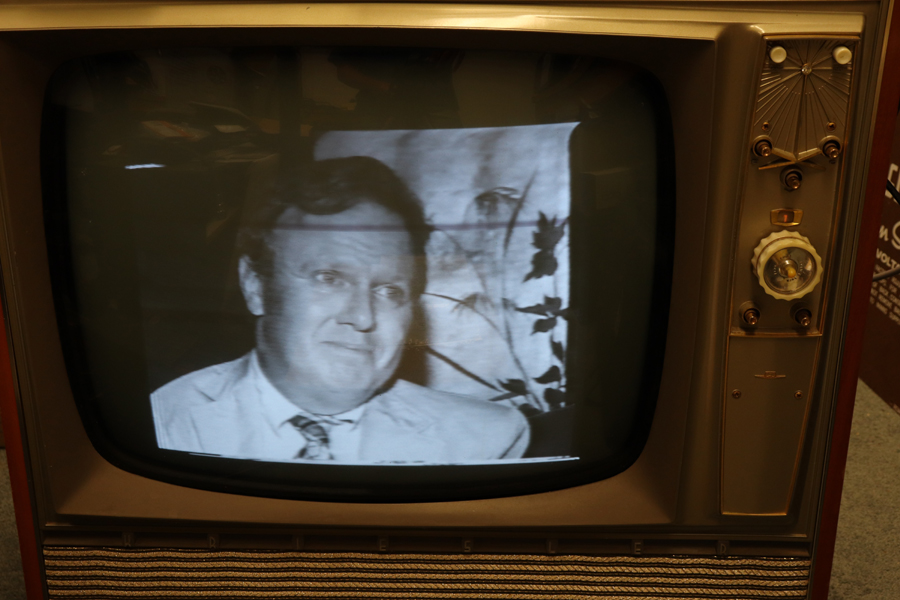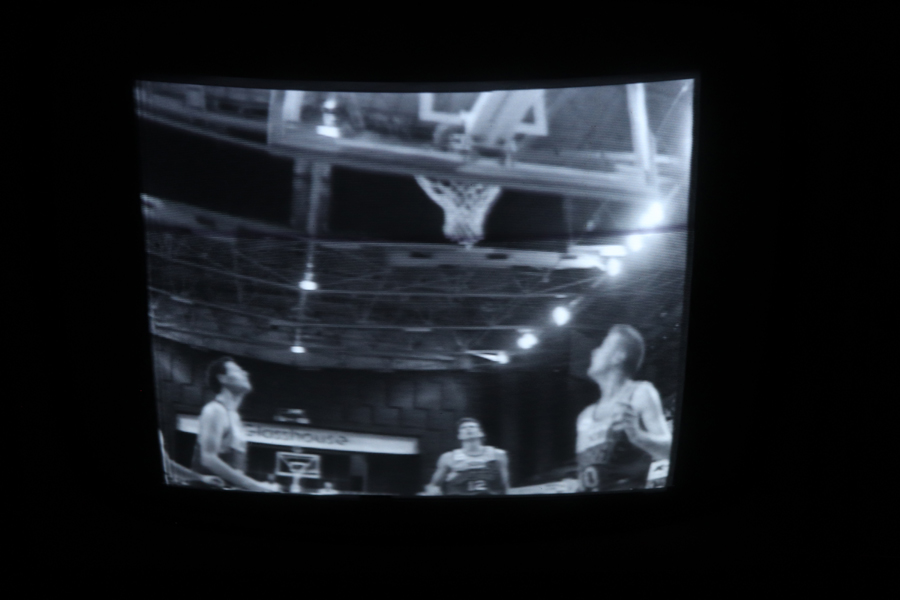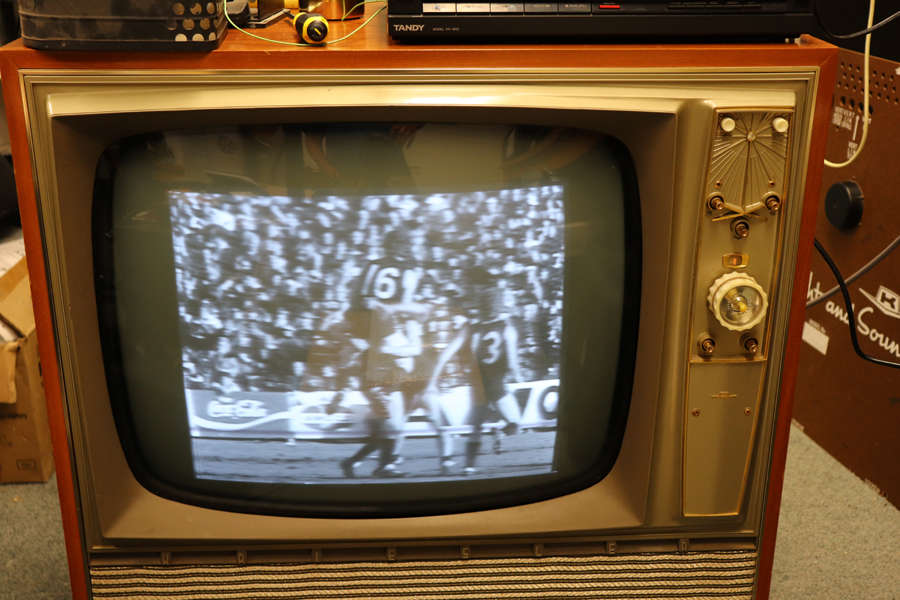Member Introductions
Forum home - Go back to Member Introductions
|
G'day Everyone and Kriesler Super fringe schematics
|
|
|
Return to top of page · Post #: 16 · Written at 10:46:02 PM on 6 October 2019.
|
|
|
|
Location: Belrose, NSW
Member since 31 December 2015 Member #: 1844 Postcount: 2610 |
|
OK we are getting closer. |
|
|
Return to top of page · Post #: 17 · Written at 8:21:25 PM on 7 October 2019.
|
|
|
|
Location: Melbourne, VIC
Member since 2 October 2019 Member #: 2392 Postcount: 275 |
|
Well Ian I will probably have to get yours but what's the price your offering for it? |
|
|
Return to top of page · Post #: 18 · Written at 8:40:23 PM on 7 October 2019.
|
|
|
|
Location: Albury, NSW
Member since 1 May 2016 Member #: 1919 Postcount: 2048 |
|
Nice Kriesler you have there!! |
|
|
Return to top of page · Post #: 19 · Written at 8:44:22 AM on 8 October 2019.
|
|
|
|
Location: Melbourne, VIC
Member since 2 October 2019 Member #: 2392 Postcount: 275 |
|
I mean worst case scenario I may have to disconnect the high voltage winding and just make a voltage multiplyer for it but I would really like to steer away from that and keep it original. |
|
|
Return to top of page · Post #: 20 · Written at 5:00:30 PM on 8 October 2019.
|
|
|
|
Location: Belrose, NSW
Member since 31 December 2015 Member #: 1844 Postcount: 2610 |
|
I was a TV tech when I was in high school in the 60s. Made enough to buy my first car. Worked for a large service company while I did E&C Cert at night for about 10 years. Then started an electronics design company in 1976. |
|
|
Return to top of page · Post #: 21 · Written at 6:51:23 PM on 8 October 2019.
|
|
|
|
Location: Melbourne, VIC
Member since 2 October 2019 Member #: 2392 Postcount: 275 |
|
Wow Ian that explains why you know a staggering amount about this old valve gear. |
|
|
Return to top of page · Post #: 22 · Written at 10:53:11 PM on 12 October 2019.
|
|
|
|
Location: Belrose, NSW
Member since 31 December 2015 Member #: 1844 Postcount: 2610 |
|
There are ways of using old TVs with DVD and other media players. I've posted on this site and there is an article in Silicon Chip that's my design. |
|
|
Return to top of page · Post #: 23 · Written at 9:11:31 PM on 16 March 2020.
|
|
|
|
Location: Melbourne, VIC
Member since 2 October 2019 Member #: 2392 Postcount: 275 |
|
G'day everyone    |
|
|
Return to top of page · Post #: 24 · Written at 11:34:47 AM on 17 March 2020.
|
|
|
|
Location: Belrose, NSW
Member since 31 December 2015 Member #: 1844 Postcount: 2610 |
|
You really don't need a HV probe. Trust me! |
|
|
Return to top of page · Post #: 25 · Written at 3:43:49 PM on 17 March 2020.
|
|
|
|
Location: Melbourne, VIC
Member since 2 October 2019 Member #: 2392 Postcount: 275 |
|
Too much EHT? mmmh I’ll have to look into it a bit further. |
|
|
Return to top of page · Post #: 26 · Written at 6:11:21 PM on 17 March 2020.
|
|
|
|
Location: Belrose, NSW
Member since 31 December 2015 Member #: 1844 Postcount: 2610 |
|
Interesting that the .15μF WAS shorted, that is probably what killed the transformer after a dodgy service tech maladjusted the B+boost pot to compensate. Not an unusual scenario unfortunately. |
|
|
Return to top of page · Post #: 27 · Written at 6:44:09 PM on 17 March 2020.
|
|
|
|
Location: Melbourne, VIC
Member since 2 October 2019 Member #: 2392 Postcount: 275 |
|
I’ll align the trim pot for the B+Boost but |
|
|
Return to top of page · Post #: 28 · Written at 9:07:32 PM on 18 March 2020.
|
|
|
|
Location: Belrose, NSW
Member since 31 December 2015 Member #: 1844 Postcount: 2610 |
|
Hey, a lot to cover in this session! I've got access to my schematics again. |
|
|
Return to top of page · Post #: 29 · Written at 9:56:48 PM on 18 March 2020.
|
|
|
|
Location: Melbourne, VIC
Member since 2 October 2019 Member #: 2392 Postcount: 275 |
|
Thanks for walking me through this. There’s only so much time I get to learn about all this when I’ve got school work to shovel through first. |
|
|
Return to top of page · Post #: 30 · Written at 1:25:09 PM on 19 March 2020.
|
|
|
|
Location: Belrose, NSW
Member since 31 December 2015 Member #: 1844 Postcount: 2610 |
|
Removing the EHT winding would have reduced the total winding capacitance somewhat, so adding capacitance will help. |
|
|
You need to be a member to post comments on this forum.
|
|

Sign In

Vintage Radio and Television is proudly brought to you by an era where things were built with pride and made to last.
DISCLAIMER: Valve radios and televisions contain voltages that can deliver lethal shocks. You should not attempt to work on a valve radio or other electrical appliances unless you know exactly what you are doing and have gained some experience with electronics and working around high voltages. The owner, administrators and staff of Vintage Radio & Television will accept no liability for any damage, injury or loss of life that comes as a result of your use or mis-use of information on this website. Please read our Safety Warning before using this website.
WARNING: Under no circumstances should you ever apply power to a vintage radio, television or other electrical appliance you have acquired without first having it checked and serviced by an experienced person. Also, at no time should any appliance be connected to an electricity supply if the power cord is damaged. If in doubt, do not apply power.
Shintara - Keepin' It Real · VileSilencer - Maintain The Rage
